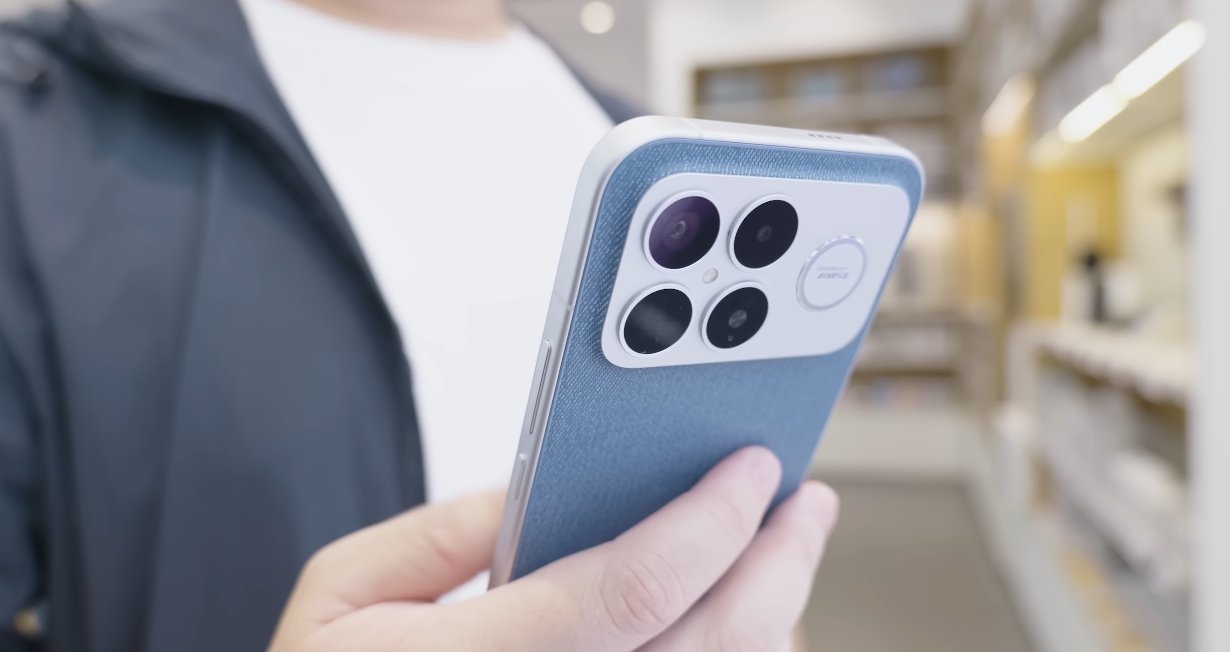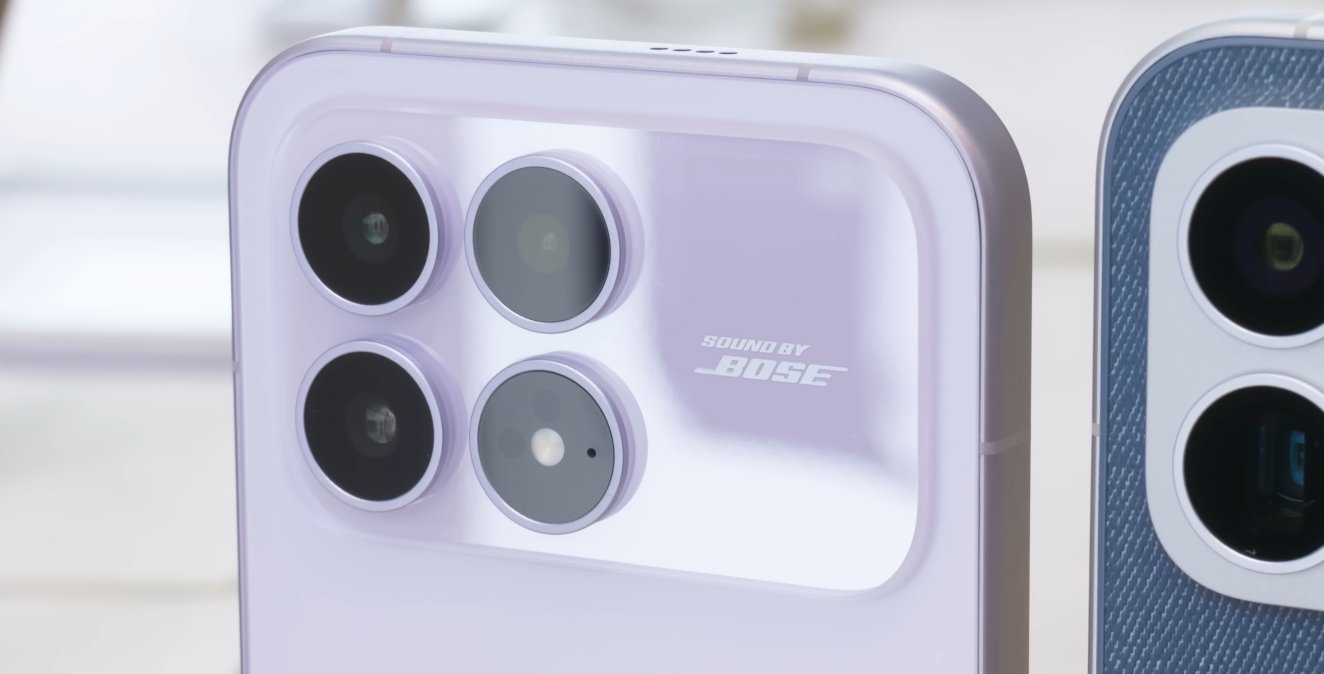Understanding the warranty challenges faced by Canadian importers
Canadian smartphone enthusiasts have shown strong interest in importing the Redmi K90 Pro Max, thanks to its impressive hardware, competitive pricing, and early availability in Asian markets. However, while the phone’s performance and design have won praise, its warranty situation for Canadian buyers is a different story. Imported devices face specific limitations that can lead to unexpected repair costs and service complications if not carefully understood before purchase.
One of the most significant challenges lies in regional warranty restrictions. Most smartphone manufacturers, including Xiaomi and its sub-brands, limit warranty coverage to the original market where the device was purchased. This means that a Redmi K90 Pro Max imported from China, India, or other markets may not be eligible for official repair or replacement through Canadian service channels. Authorized service centers typically verify the device’s model code and origin, and if it doesn’t match Canadian distribution records, they often refuse warranty claims altogether.
The parts and service availability issue adds another layer of complexity. Even if a repair center agrees to service an imported Redmi phone, sourcing compatible parts can be difficult. Manufacturers sometimes use region-specific components, from display panels to internal wiring, making replacements more complicated. Additionally, some imported devices run firmware designed for their local markets, which might not align perfectly with Canadian software environments. This can cause compatibility issues that authorized centers aren’t equipped to handle, leading to delays or higher repair costs.

Another critical factor for Canadian buyers is proof of purchase. Warranty validation usually requires an invoice from an authorized local retailer or distributor. Importing a phone from a third-party website or marketplace often means buyers receive documentation from overseas sellers, which holds no value in the Canadian warranty system. Without recognized proof of purchase, buyers lose eligibility for any kind of free repair or official support. Even if the device is new and untouched, the warranty claim may be rejected simply because it was not bought through an approved Canadian sales channel.
The firmware and modification issue also poses potential risks. Many importers modify the Redmi K90 Pro Max after purchase—installing a global ROM or changing software settings to access Google services or support local network bands. While these tweaks improve usability in Canada, they can also void the manufacturer’s warranty. Unlocking the bootloader or flashing unofficial firmware is explicitly listed in most manufacturers’ terms as grounds for warranty denial. As a result, if a hardware failure occurs, the manufacturer can claim the device was altered and refuse coverage.
In addition to manufacturer policies, grey-market limitations further reduce warranty protection. A grey-market device is one that is imported without the approval of the brand’s official Canadian distributor. Xiaomi and Redmi devices sold through this route might still perform excellently but receive no recognition from Canadian service partners. Even authorized service centers may refuse to handle these devices entirely, directing owners to send them back to the original region for repair—a process that can take weeks or even months and often requires buyers to cover international shipping and customs costs.
There’s also a difference in consumer protection laws. In Canada, official devices benefit from warranty regulations under the Consumer Protection Act and related statutes, which ensure that products meet certain quality and support standards. Imported phones, however, typically fall outside these protections because they were not officially distributed within the country. This means that in the event of a defect, buyers have little legal leverage against the manufacturer or seller.
Despite these drawbacks, many Canadians still choose to import phones like the Redmi K90 Pro Max because of the savings and early access to high-end features. To mitigate the risks, buyers can take certain precautions: keep all original receipts and shipping records, avoid altering the firmware, and consider purchasing third-party extended warranties that cover international devices. Some Canadian tech repair shops also offer independent repair warranties for imported phones, although these are not affiliated with the manufacturer.
In conclusion, while importing the Redmi K90 Pro Max may offer great value and cutting-edge technology, Canadian buyers need to understand the warranty limitations that come with it. Regional restrictions, lack of official service support, unavailable parts, and firmware modifications all contribute to a fragile warranty situation. Those who value reliable customer support and official protection should consider waiting for an official Canadian release. For others willing to take on some risk in exchange for a lower price and unique features, importing remains a viable—but cautious—path.
Also Read: How does the Redmi K90 Pro Max handle cold Canadian temperatures during battery charging?

